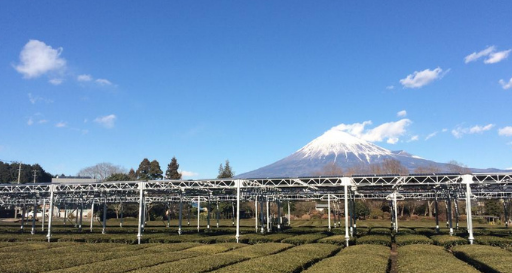Climate change is the greatest threat and challenge facing human beings. There are different variants that accentuate this threat, such as the consumption of fossil fuels, the use we make of our planet’s soil or the waste of water.

However, the energy transition to renewable sources also represents an opportunity to improve soil quality and promote biodiversity and cultivation. What if the solution could come from the combination of renewable energies and sustainable agriculture?
Agrovoltaics is a method for harnessing the resources of arable land to generate renewable electricity. In other words, it consists of using the same area of land to grow crops and install solar panels at the same time.
This method of construction of large solar plants is the solution to implement the development of photovoltaic plants in countries with limited geographical extension, since it favors both the development of renewable energies and does not prevent the cultivation of crops in the same area.
Japan meets the characteristics of countries with limited extension and great development of photovoltaic parks that are highly benefited with agrovoltaics. Shizuoka Numazu, a project that Univergy has just completed in this country, is a great example of this.
This PV plant, developed for Canadian Solar KK, has an area of 2 hectares and 3,125 panels with a capacity of 1 MW. Thanks to this installation, the emission of 780 tons per year is avoided. And it would fall within the standards that characterize agrovoltaic plants since it perfectly combines the installation of the panels with the use of the soil for cultivation.
Surprisingly, several studies, such as the one published in this scientific journal, point out that placing solar panels and crops next to each other can be positive. First, this arrangement helps reduce water use, having a shady spot minimizes light saturation of the plants, reduces their stress and need for water.
In addition, the panels generate a barrier effect thanks to which the plants have better temperature conditions to develop, while protecting themselves from adverse weather conditions.
But crops also increase solar energy production. High temperatures can reduce the performance of the panels, but because the plants reduce temperatures, the panels will produce up to 10% more solar energy.






